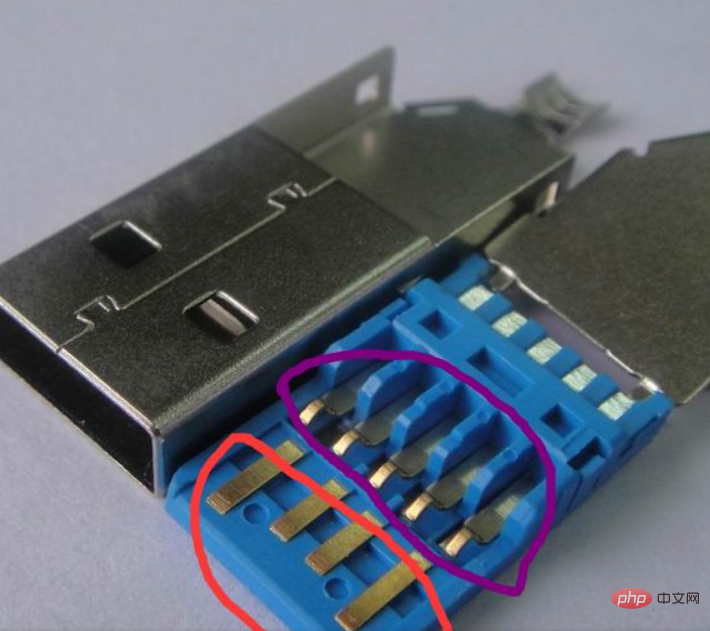
The difference between USB2.0 and 3.0
USB 2.0 is a USB interface standard released in 2000. The theoretical maximum transmission speed is 480Mbps (about 60MB/s), the interface has a total of 4 wires (MicroUSB and MiniUSB are 5 wires), the maximum output current is 0.5A. USB 2.0 is currently the most common USB interface version. Almost all computers have USB 2.0 interfaces, and most USB devices also support USB 2.0.
USB 3.0 is a USB interface standard released in 2008. The theoretical maximum transmission speed is 5Gbps (about 500MB/s) , and the interface has a total of 9 wires (MicroUSB and MiniUSB has 10 wires) and the maximum output current is 1A. USB 3.0 is now basically popular. Most computers produced in recent years have USB 3.0 interfaces, and many USB flash drives, mobile hard drives and other devices have also begun to use USB 3.0 interfaces. The characteristic of USB 3.0 is that the plastic structure inside the plug and socket is blue, while the lower version USB interfaces are mostly black or white.
USB 3.0 is designed with backward compatibility in mind. USB 2.0 devices can be plugged into the USB 3.0 interface for use, and USB 3.0 devices can also be plugged into the USB 2.0 interface to work; simply put, as long as the plug If it is physically compatible (can be plugged in), it can be used.

The method adopted by USB3.0 is to put the cables and interfaces of the two modes together. The picture above is an example of USB3.0. The red circle is USB2.0 and the purple one is USB3.0. If the host supports USB3.0, use the USB3.0 line, otherwise use the USB2.0 line.
The above is the detailed content of The difference between USB2.0 and 3.0. For more information, please follow other related articles on the PHP Chinese website!